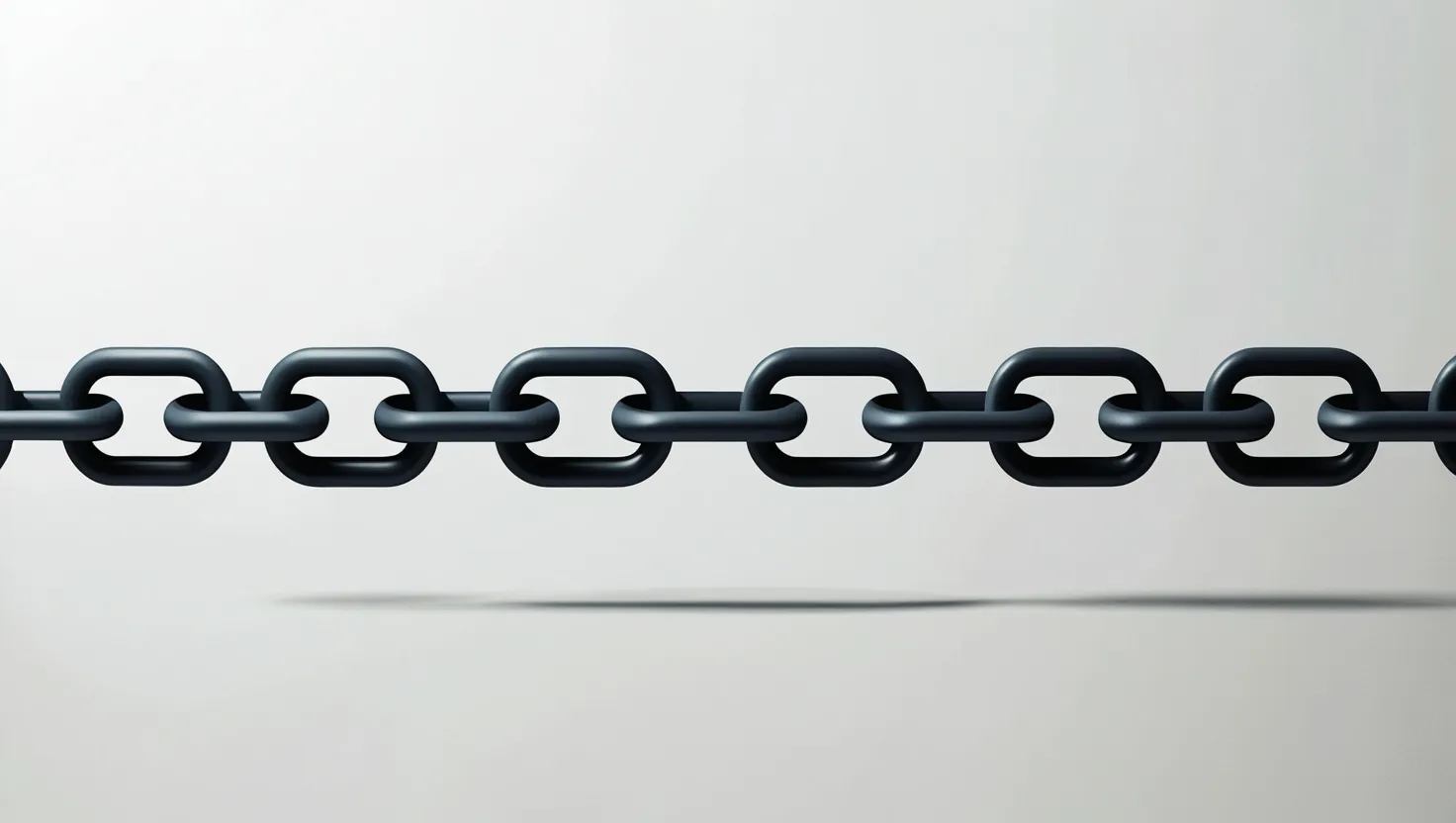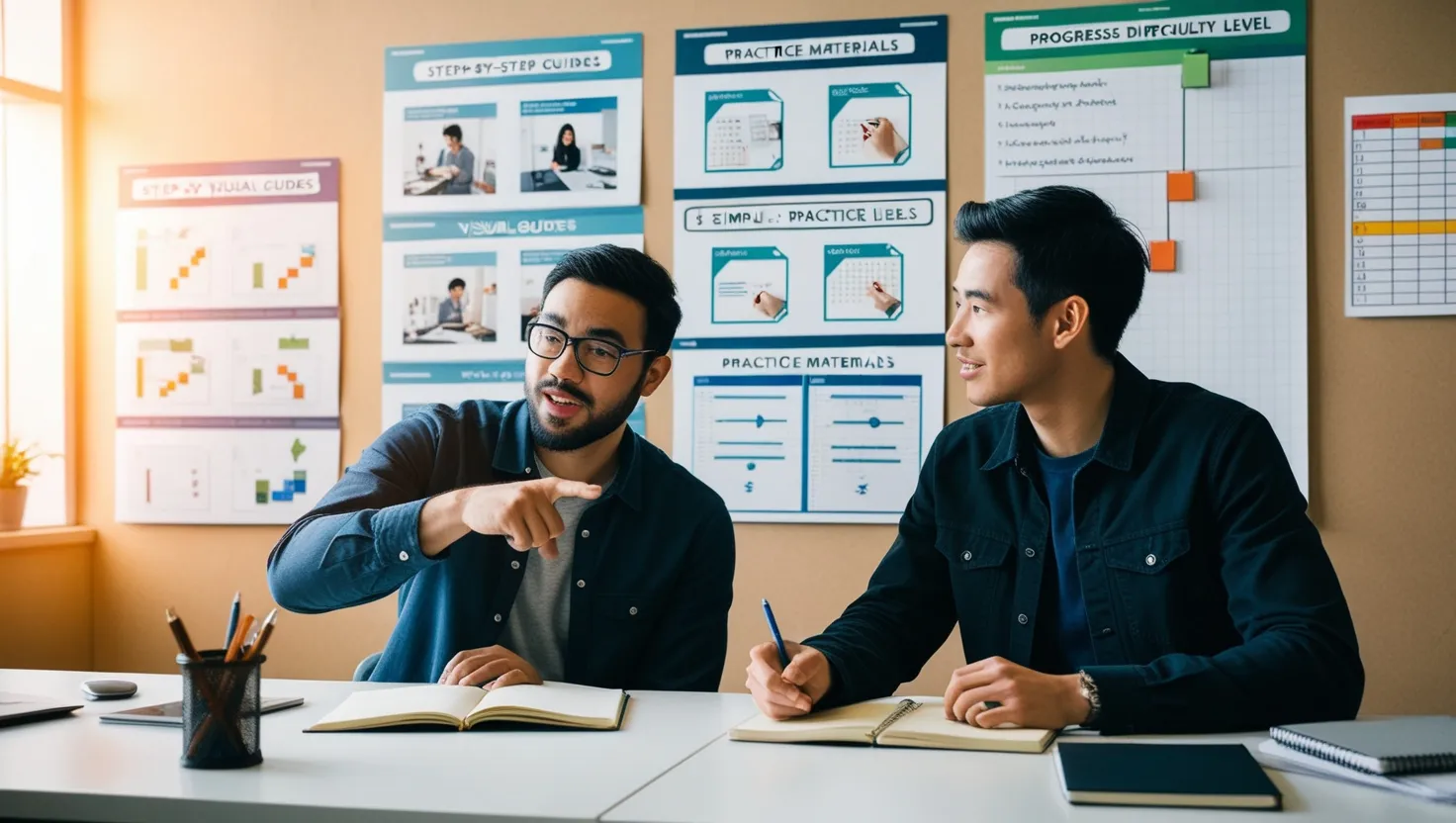In our always-on-the-go world, mastering time management is vital if you’re aiming to hit those big life goals. It’s all about getting the hang of proactive tasks, which are those actions that drive you toward long-term success, rather than just tending to the reactive tasks that put out daily fires. Let’s break down why this is so important and sprinkle in some practical ways to make this work for you.
Proactive vs. Reactive – What’s the Deal?
So, what’s the difference? Proactive tasks are your ticket to the future. These are the tasks that align with your big-picture dreams and plans. Think of them as planting seeds. Whether it’s exploring new business ventures, freshening up your website, or creating killer blog content, these are the activities that might not pay off immediately but hold the promise of future success.
On the other hand, reactive tasks are the day-to-day stuff that keeps things moving but doesn’t necessarily get you closer to those dreams. Responding to emails, sitting through meetings, handling client requests – these are all necessary but tend to gobble up a lot of your time without really pushing the needle forward.
Why Prioritize Proactive Tasks?
When you make proactive tasks a priority, you’re essentially investing in yourself. These tasks help you grow, learn new skills, and expand your network. Let’s say you’re a writer. Cranking out new articles or working on a book might not make you rich overnight, but it builds your portfolio and helps you attract more gigs over time.
Reactive tasks, on the other hand, often scream for immediate attention. Emails need answers, meetings need attending, and clients need satisfying. It’s easy to get trapped in a cycle of constant reaction, leaving little room for making real progress toward those far-off goals.
How to Make Time for Proactive Tasks
If you want to make time for proactive tasks, you’ve got to be smart about your schedule. Here’s a smooth way to go about it:
-
Set Clear Goals: Start by pinpointing what you want to achieve in the next year. What steps will get you there? Once you have your goals in place, figuring out which proactive tasks will help becomes a breeze.
-
Create a Schedule: Carve out specific chunks of time each day or week for your proactive tasks. Maybe it’s early in the morning, maybe late at night, or even during lunch. Find a time when you’re least likely to be interrupted and make it yours.
-
Time-Block: This means dedicating specific time slots in your calendar to certain tasks. Maybe two hours in the morning is for writing, and an hour in the afternoon is for learning something new. Time-blocking ensures you’ve got designated time set aside for your proactive tasks.
-
Minimize Distractions: When it’s time to be proactive, shut out distractions. Turn off notifications, log out of social media, and find a quiet spot to work. It’ll help you stay laser-focused.
-
Delegate Reactive Tasks: If you can, hand off some of those reactive tasks. Maybe get a virtual assistant to handle your emails or outsource some routine work. This frees up your time for the proactive stuff.
The Perks of Being Proactive
Focusing on proactive tasks comes with a bag full of benefits. Here’s why it’s worth it:
-
Long-Term Success: Proactive tasks lay the groundwork for future achievements. You’re building something that’ll pay off down the road.
-
Stress Relief: When you’re proactive, you’re not constantly chasing your tail. You’ll feel more in control and less overwhelmed by urgent demands.
-
Boosted Productivity: Proactive tasks require a good chunk of creativity and critical thinking. This can make you more engaged and productive.
-
Better Work-Life Balance: Prioritizing proactive tasks helps you create a better balance between work and personal life. You’ll focus more on what’s important and less on reacting to every small issue.
Real-Life Scenarios
Let’s put this into perspective with some real-life examples:
-
A Business Owner: Sure, responding to emails and attending meetings are part of the job. But dedicating time to hunt for new business opportunities, updating marketing strategies, or developing new products – that’s where the magic happens for long-term growth.
-
A Remote Worker: Constantly checking and responding to emails might be necessary, but setting aside time to learn new skills, network, or streamline workflows makes a huge difference in overall success and productivity.
-
A Student: Attending classes and completing assignments is essential, but diving into books beyond your curriculum, engaging in extracurriculars, or working on personal projects sets you up for career success.
Tackling the Challenges
Proactive tasks don’t come with screaming deadlines, making procrastination a real threat. To stay on top, try these tips:
-
Break Down Big Tasks: Simplify larger proactive tasks into smaller, bite-sized steps. It makes them less daunting and more achievable.
-
Create Accountability: Share your goals with a friend, mentor, or colleague and ask them to hold you accountable. It adds a layer of motivation.
-
Celebrate Small Wins: Don’t wait for the endgame to pat yourself on the back. Acknowledge and celebrate small victories along the journey. It keeps you motivated and focused.
Wrapping It Up
At the end of the day, focusing on proactive tasks is a game-changer for long-term success. By understanding the difference between proactive and reactive tasks, setting clear goals, and practicing smart time management, you’re setting yourself up to thrive. It’s not about completely ignoring reactive tasks; it’s about finding a balance that lets you move forward on your big dreams while still handling the everyday stuff.
Stay disciplined, be intentional, and let proactive tasks take center stage in your daily routine. Your future self will thank you for it.






